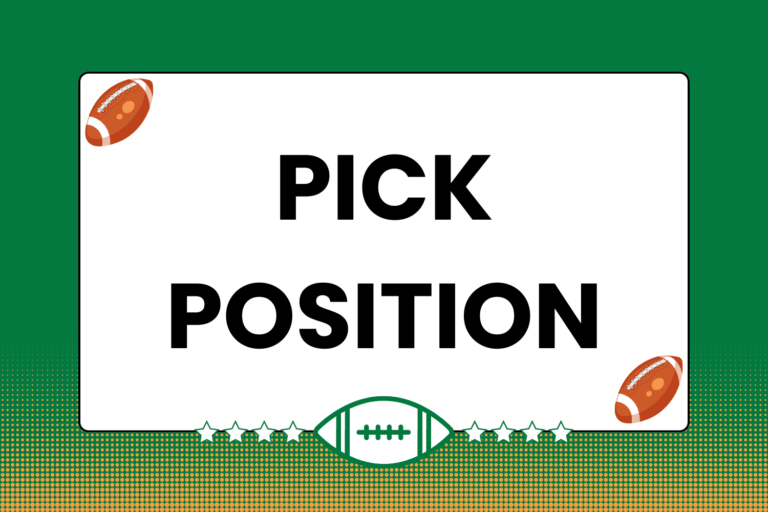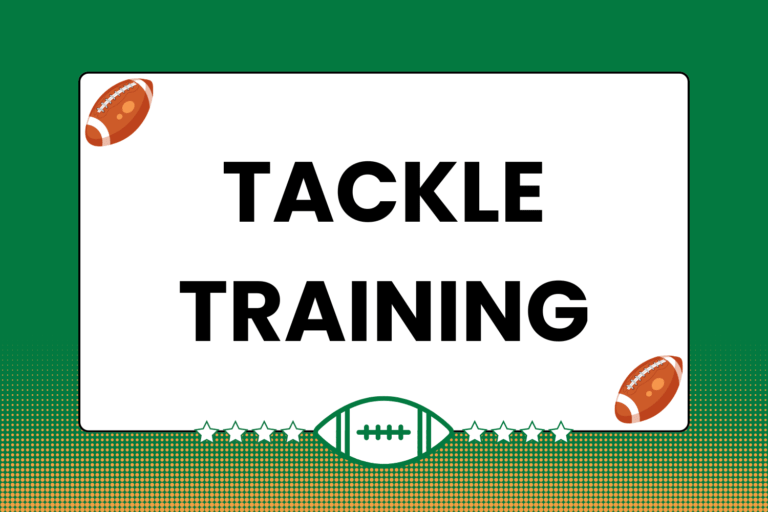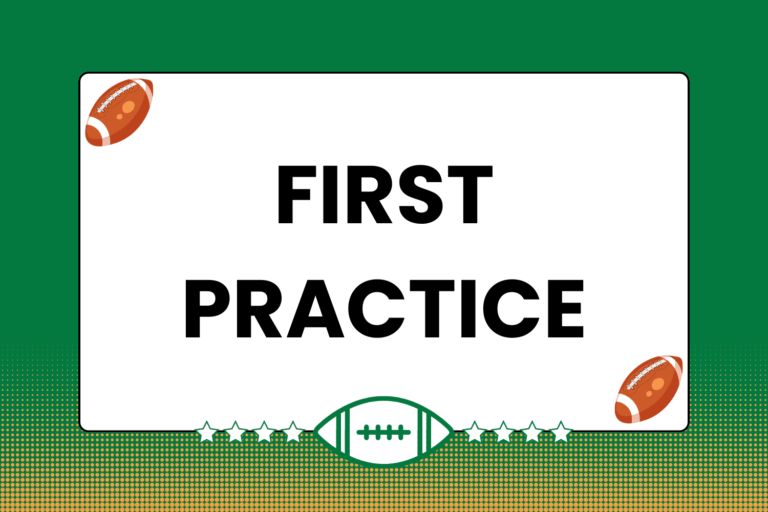The purpose of a set play is to create a structured environment for play to either begin or resume after a stoppage. Set plays take place at the start of a match, after halftime, when the ball goes into touch (out of bounds), after one team scores, after one team commits a penalty, or after a player touches the ball down in their in-goal zone. Though there are several different set plays, one in particular is the most frequently used, and is also one of the most prominent characteristics of the the: The Scrum. This guide features an examination of the scrum from start to finish, as well as the different parts of a scrum.
What is a Scrum?
A scrum (or scrumdown) is when the packs from each team line up in the following formation: Props and hooker in the front (hooker between the two props), locks behind the props, eight man behind the locks, and one flanker on the outside of each lock. In League rugby, there are no flankers and the locks are called ‘second-row forwards.’ The eight man is referred to as the ‘loose forward,’ but the basic principles are the same. Each pack will bind together.
Although the scrum is one of the options a team has to resume play after it’s awarded a penalty, a scrum can also take place after something happens that renders the ball unplayable. The ball is considered unplayable when several players go after a loose ball at the same time and it gets buried under them.
How it Begins
To actually start a scrum, the referee will make three calls, each of which tell the packs what phase of the scrumdown to begin. The three calls are usually ‘Touch,’ ‘Hold,’ and ‘Engage,’ though those aren’t the only words used for the calls.
- ‘Touch’ tells the front rows on each side get into position.
- ‘Hold’ tells the packs that the scrum is about to start; each pack will tense up and get ready to surge forward.
- ‘Engage’ tells the packs to collide together. The scrum has been created, and play officially resumes when the ball gets rolled in.
Mental Edge
Think of the three calls like a traffic light, but backwards: ‘Touch’ means nothing’s happened yet (red light); ‘hold’ means the scrum is about to start (yellow light); and ‘engage’ tells the packs to come together (green light)
The Battle
Shortly after the packs come together, the ball will be rolled into the space between the packs. The scrum half is both the player who rolls the ball into the scrum, and who usually picks it up at the back of the scrum. Though one team puts the ball in, it must be rolled straight; if the scrum half who rolls the ball in angles it, the referee will restart the scrum; repeatedly doing so will likely result in a penalty on that player. As soon as the ball is rolled in, both packs will begin driving against each other in an attempt to push the other pack backwards, making it easier to secure possession of the ball.
The hookers in both packs are responsible for trying to obtain possession of the ball by kicking it backwards after it’s rolled in to the scrum.The ball must be rolled into the scrum in a straight line, though the hookers from both packs will attempt to possess the ball by kicking it backwards.
How it Ends
A scrum officially ends as soon as the ball is removed from the scrum itself. To remove the ball, it must first be rolled to the very back of one side of the scrum; this occurs when the team that won the ball after it was rolled in manages to move the ball to the very rear of their pack. When the ball comes to rest under the feet of the eight man, either he or the scrum half will pick the ball up and make a play with it. As soon as the ball is picked up from the ground, the scrum officially ends.
Scrum Strategy
There is a good amount of strategy used by the team possessing the ball going into a scrum, mostly concerning where and when the ball should be rolled in. The first part of the strategy deals with the side of the scrum from which the scrum half should roll the ball. Basically, the ball should be put into the side of the scrum where the hooker that’s on the same team as the scrum half is closest, giving their teammate the first shot at securing the ball.
The second part of the strategy deals with effectively timing the put in. To do this, the hooker will make a signal after both packs have come together (usually something simple like patting the prop’s back). This tells the scrum half to roll the ball into the scrum. Whichever pack wins the ball will slowly roll the ball backwards to their eight man with their feet. Playing the ball with your hands in a scrum is both illegal and a good way to get injured.
Ideally, the pack with the ball wants to roll it all the way back to the eight man, which gives the scrum half the best chance at making a successful play with the ball as soon as it’s picked up.
Because both sides have the same idea, the scrum half must be aware of the circumstances surrounding each scrum. He/she should consider things like, ‘Is anyone injured?’; ‘Is the pack tired because it’s late in the game?’; ‘Have we won or lost most of the other scrums today?’; ‘What are the conditions of the pitch like?’ These types of questions are essential in predicting the outcome of the scrum, and can be used to come up with ideas for gaining an advantage over the other pack.
However, it doesn’t have to get to the back of the pack to be played. And if the ball rolls out early, the scrum half is allowed to pick it up and restart play. Regardless of where the ball ends up, the forwards on both sides of the scrum may not disengage until the ball exits the scrum and is played by the scrum half. The only exception here is with the eight man/loose forward, who is permitted to disengage and play the ball if it makes it to that player cleanly.
Hot Tip: Scrum Strategy
The strategy used to win a scrum comes down to three elements: The side of the put-in, the timing of the put-in, and the strength of the pack.
- Put-in side: The ball should always be put into the side of the scrum that will give the scrum half’s hooker the first attempt at securing the ball, rather than the hooker on the opposing team.
- Put-in timing: The hooker and scrum half should work out a simple signal between them, used by the hooker to tell the scrum half to put the ball into the scrum.
- Pack strength: This is the most crucial element of scrum strategy. Each team’s ideal scrumdown scenario involves being able to easily push the other side’s pack backwards
A Big Part of the Game
The scrum is the most commonly-used method for restarting play after a minor infraction. Having solid scrumming ability and strategy are vital to both keeping, and obtaining, possession of the ball, as well as setting up scoring opportunities. In other words, whichever team has the better scrum has a noticable advantage.





